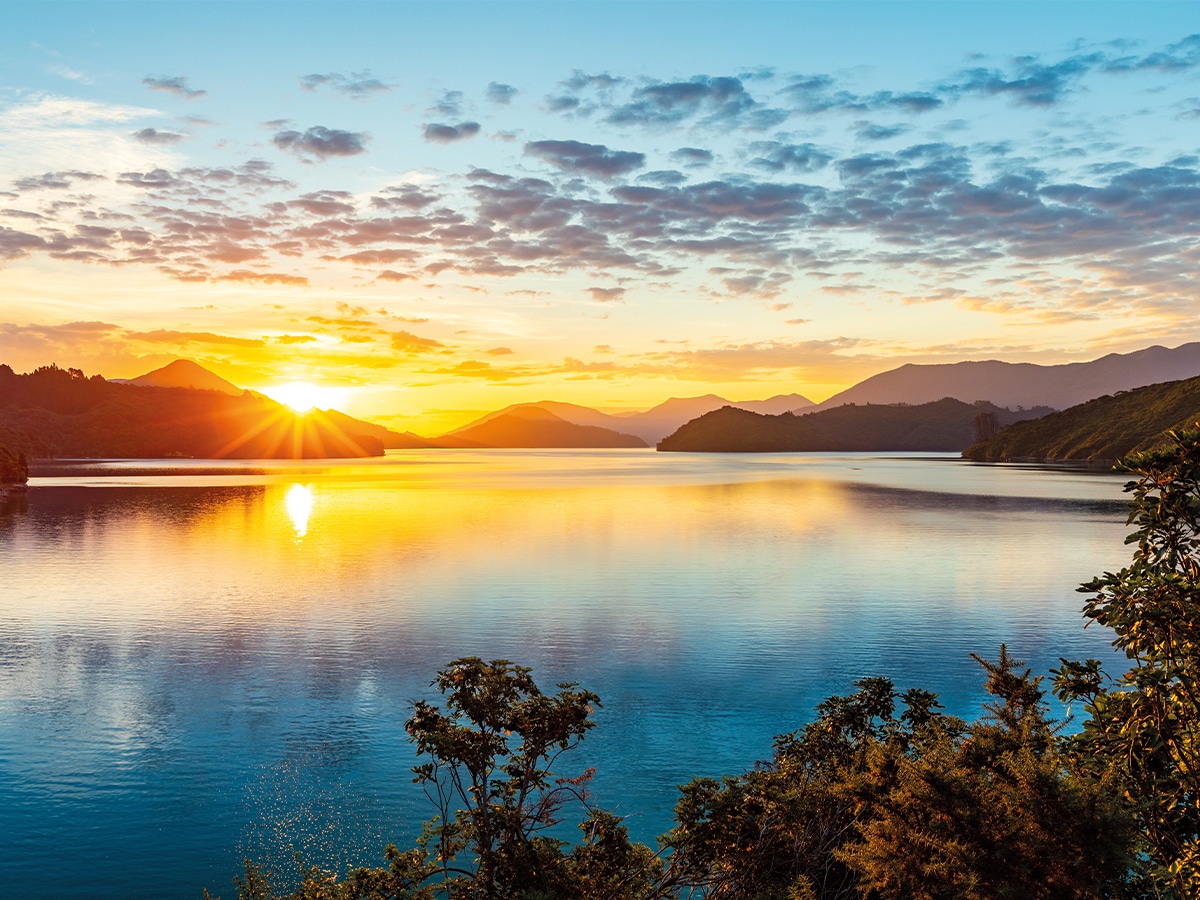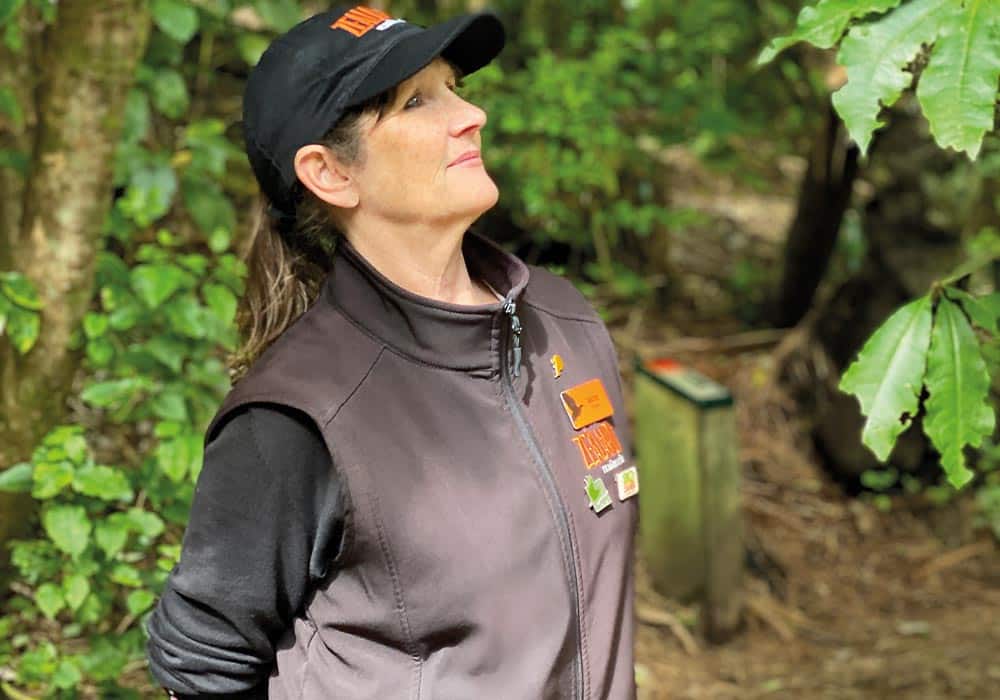Regenerative tourism is the latest buzz in travel. Jacqui Gibson finds out what it is and where to find it.
Before the pandemic, New Zealand faced a problem. On the one hand, tourism was booming, bringing with it jobs and record export earnings. On the other, the country faced overwhelming crowds and degradation of some of our most precious places.
Business commentator Rod Oram believes the time is right for industry-wide change. Writing in 100% Pure Future, New Zealand Tourism Renewed, Rod asked: “What if we reinvented tourism so it becomes an exemplar of wholesome humanity? An activity that generates common wealth in all senses of the word – ecological, economic, social and cultural?” And the numbers say it all. In 1950, New Zealand hosted 14,176 overseas tourists. By 2019, the number had increased to nearly four million, at a rate of growth almost five times faster than the global sector’s rapid expansion. New Zealand may be small, but there is still plenty the industry can do. Decarbonising travel through investment in electric campervans, cars and aircraft and becoming a world leader in carbon-neutral tourism is one option.
Drawing on traditional Māori views of sustainability to minimise the negative impact on ecosystems, people and society is another, he said. We all know we need to do more to look after our shores, but the ‘how’ is the tough bit. So when Covid closed the world’s borders, it gave the industry time to pause, reflect and ask: How can we reset and do what we love, but better? Enter regenerative tourism.
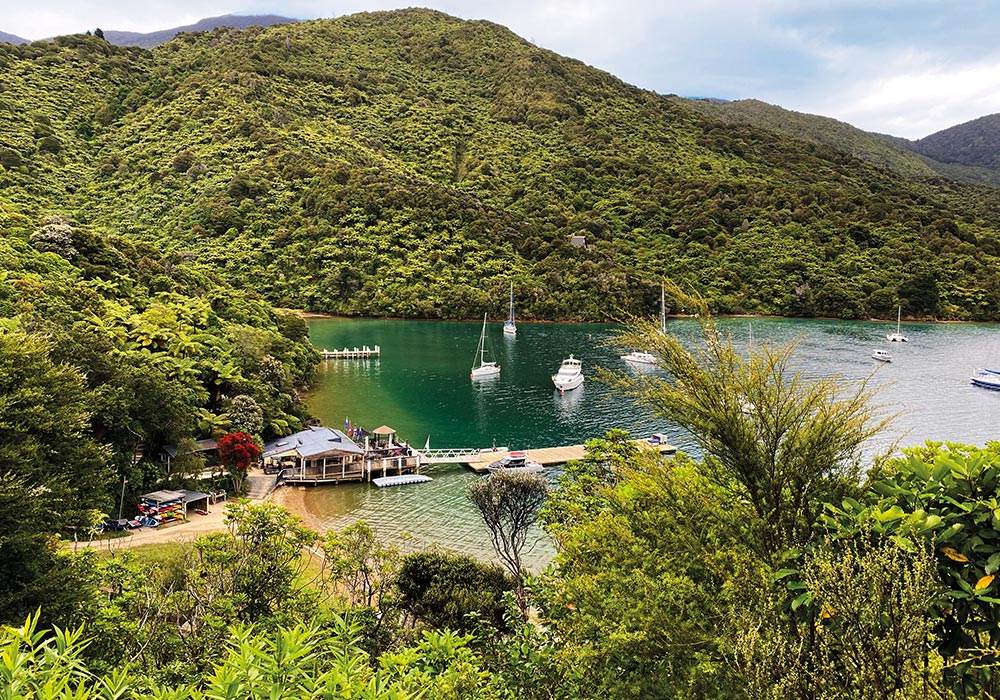
The what now?
Tourism Industry Aotearoa Chief Executive Rebecca Ingram says regenerative tourism, as a concept, asks operators and travellers to think about travelling more deeply than before. “Regenerative tourism goes beyond sustainable tourism, which advocates for holding things as is, in favour of tourism that makes things better.” Rebecca says the goal of regenerative travel is to give back more than is taken from a place. “It places the wellbeing of communities – their social, cultural, environmental and cultural wellbeing – at the heart of the visitor economy. We want tourists to not only contribute to local economies, but to travel more slowly, take time to learn about local culture and to contribute directly or indirectly to environmental projects.”
Regenerative travel in action
Owned by Kiwi couple Rose and Will Parsons, Driftwood Eco-tours is a tour operator based in Kaikōura. The company runs small group tours to remote, rural destinations throughout the South Island and New Zealand’s outer islands, including the Chathams Islands (known to Moriori people as Rēkohu and as Wharekauri to Māori). In November last year, the business was a runner up in the annual New Zealand Tourism Awards for community engagement. Rose Parsons says: “Becoming a finalist meant a lot to our team after nearly 20 years in business. For Will and I, it recognised the work everyone has put in to working directly with rural communities to design our tours and create the best visitor experience.” Each tour takes guests to rural places such as high country farms, heritage sites and conservation areas, usually off limits to tourists, but accessible to guests of Rose and Will. All Driftwood guides are from or have a personal connection to the destinations featured on all tour itineraries.
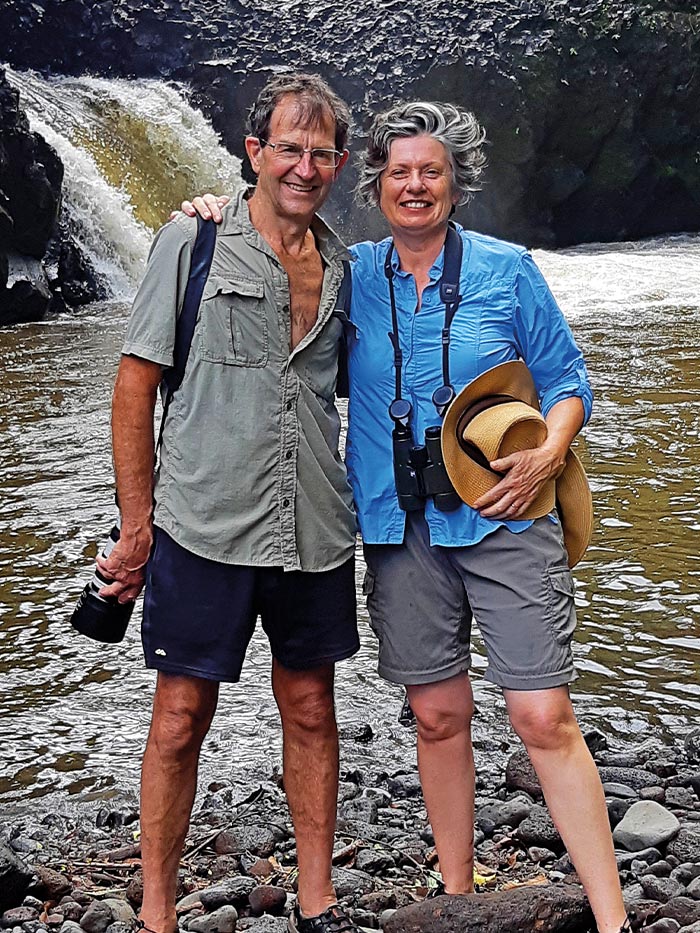
One Driftwood guide is a Ngāti Waewae pounamu forager with whakapapa ties to Hokitika dating back generations. Another is a West Coast bushman with an in depth love and knowledge of the coast’s last remaining ancient matai trees.
“One of our goals is to break down the barriers between urban and rural people. We want to give our guests a window into rural life that’s authentic. Travel with us to Reefton, on our West Coast tour, to enjoy a barbeque or a drink at the pub with locals and hear firsthand what their mining heritage means to them. What better way to gain an understanding of a place and its people than to get upfront and close to both,” says Rose.
Driftwood donates money from every tour to a local project. “Designing the Chathams Islands tour, the community told us the school pool was a priority. So, we make a contribution to the pool every time we visit. When we run our Marlborough Sounds tour in April, we’ll contribute $300.00 to the Marlborough Sounds Restoration Trust and their efforts to eradicate wilding pines.”

Tourism renewed
In Whanganui, Unique Whanganui River Adventures hosts tourists on New Zealand’s longest navigable river on three-, four- and five-day canoe tours. Run by Hayden Potaka, the company employs iwi members trained as ‘awa navigators’. Awa navigators are responsible for the health and wellbeing of guests and getting guests safely from A to B. They are also storytellers with the mandate to share cultural narratives, particular to river hapū, and they act as field scientists, responsible for monitoring the river’s health and reporting back what they see and hear to iwi. Hayden says guests who take a Unique Whanganui River Adventure tour are putting their tourist dollars directly into the local Māori economy.
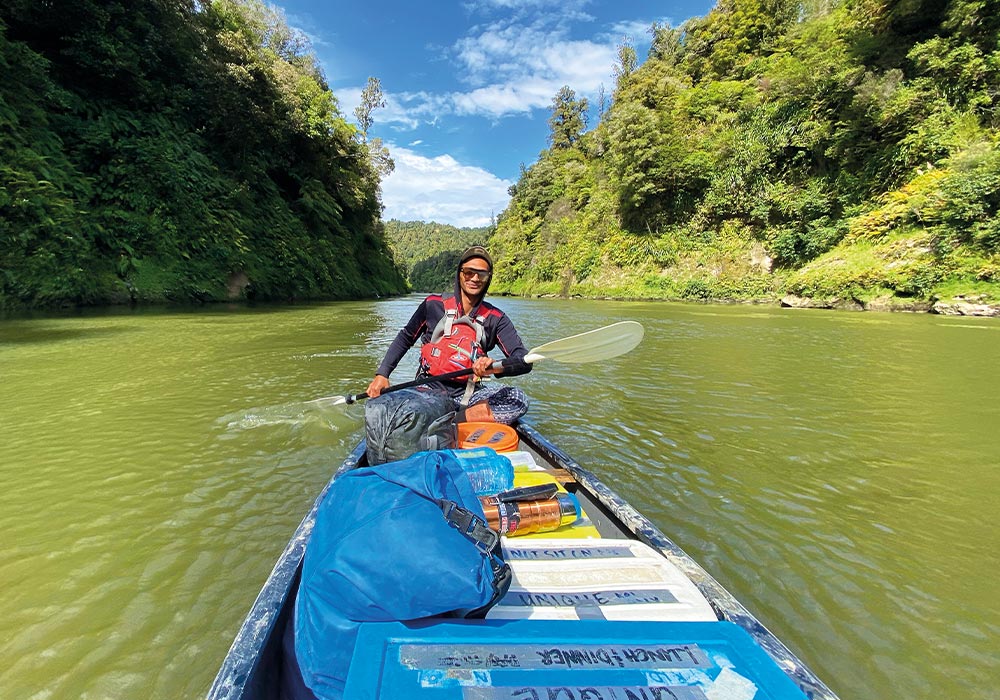
“You’re investing in our rangatahi, while supporting the iwi’s role as kaitiaki of the awa. We can’t fulfil that role without being on the river every day – guiding gives us an opportunity to do that. At the same time, we invite you to experience the natural beauty of the river and develop your own relationship with the awa.”
In Wellington, Zealandia Te Māra a Tāne runs nightly tours of the city’s predator-free urban eco-sanctuary. Highlights include seeing rare New Zealand wildlife such as takahē, wētā, tuatara and little spotted kiwi in the natural environment.
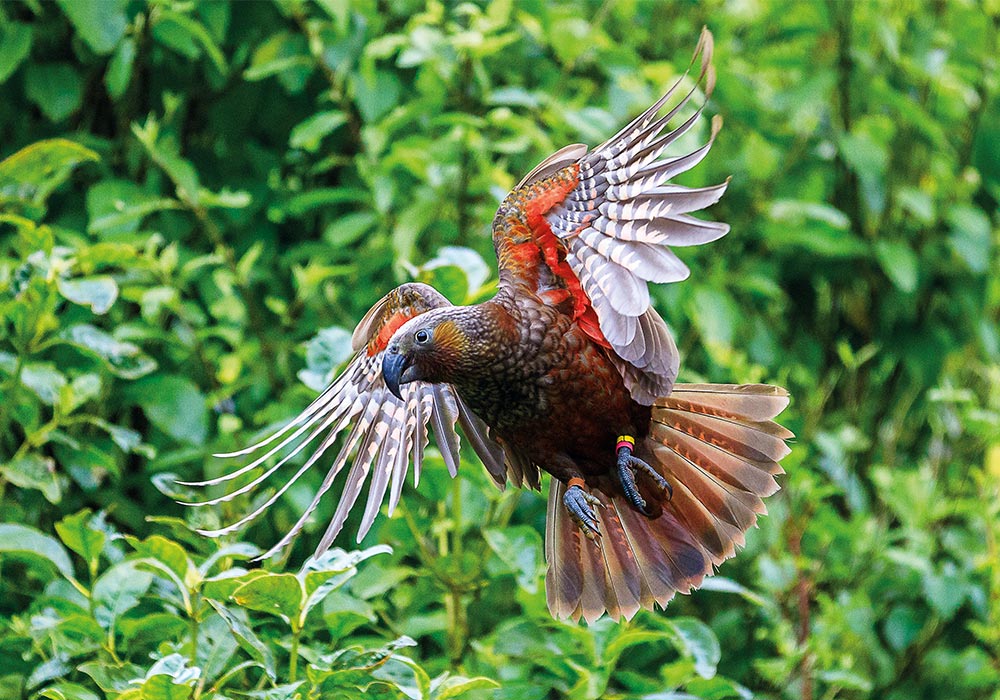
“I’ve worked here for 27 years and have seen huge changes,” explains tour guide Katie Underwood, on a sunny afternoon before a sold-out Zealandia By Night tour. “In 1996, when I started as a volunteer guide, you’d call it a successful tour if you saw a single tui. That’s how much things have improved. There’s just so much wildlife here now, from glowworms to kākā; it’s incredible. But the biggest thrill for me is coming here on an evening tour and hearing kiwi calling – we have more than 130 kiwi in the park – and listening to the dusk chorus.”
Katie says tourism is vital to the sanctuary’s operation and there are many ways tourists can contribute to its 500-year vision of returning the sanctuary to its pre-human state.
Sanctuary membership, volunteering and cash donations are three examples. “We’re a charity and everything costs from feeding the birds to keeping the predator proof fence in good shape to maintaining tracks and running the tours,” says Katie. “The good news is you’re supporting the sanctuary just by turning up. I say to people keep coming back. I guarantee every time you come here you’ll see something different.
The traveller’s role in regenerative travel
It takes a village to make something work to its fullest potential. Tourism Industry Aotearoa Chief Executive Rebecca Ingram has several ideas for travellers keen to play a part in the new wave of regenerative tourism. Be a mindful, conscious tourist, she says, no matter where you go. Consider Rebecca’s tips as you plan your next holiday.
• Travel slower. Aim to explore a region in more depth instead of dashing through the whole country. Always ask, ‘what can I do to add value to the local place?’, rather than asking, ‘what can I get out of this place?’ Think about every dollar you spend and where that money goes. Does it go to a local business or offshore to a multinational?
• Rebecca also recommends taking the Tiaki promise. The promise is a declaration to care for land, sea and nature, treading lightly and leaving no trace. Travelling safely, showing care and consideration for all, respecting culture with an open heart and mind are also part of it.
• Don’t forget the basics. Learn about the local guidelines and follow them. Camp responsibly in designated camping sites. Use the facilities and dispose of waste appropriately.
• Don’t make it a goal to travel as far as you can. Instead, travel shorter distances and explore what’s on the way in greater depth. Volunteer in local projects, and walk or bike as much as you can.
More Information
• Experience Marlborough’s rural heartland: Travel deep into Marlborough’s rural heartland with Driftwood Eco-tours. Sign up to a Marlborough Sounds tour, departing April to experience rural life in the Sounds, while contributing to the eradication of wilding pines. Find out more, at: driftwoodecotours.co.nz
• Paddle the river with an awa navigator in Whanganui: Enjoy the beauty of the Whanganui River, while supporting youth employment and training and hearing the stories of local iwi on this unique river adventure. Tours run from now until April. Find out more, at: uniquewhanganuiriver.co.nz
• Take a night tour of Wellington’s urban wildlife sanctuary: Contribute directly to one of the country’s most ambitious wildlife sanctuaries on a night time walking tour of Zealandia Te Māra a Tāne. Tours run nightly, all year-round from dusk. Find out more, at: visitzealandia.com

